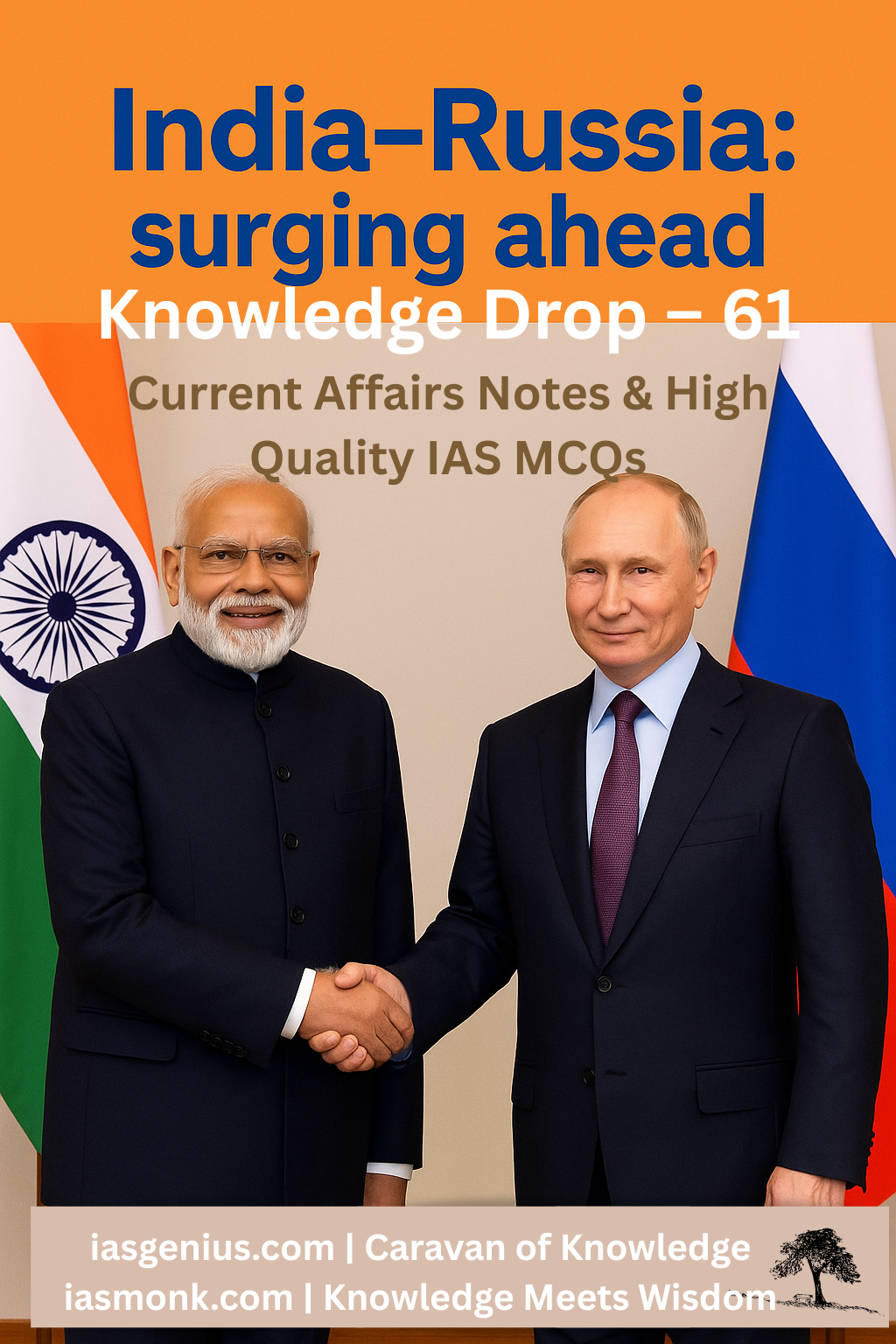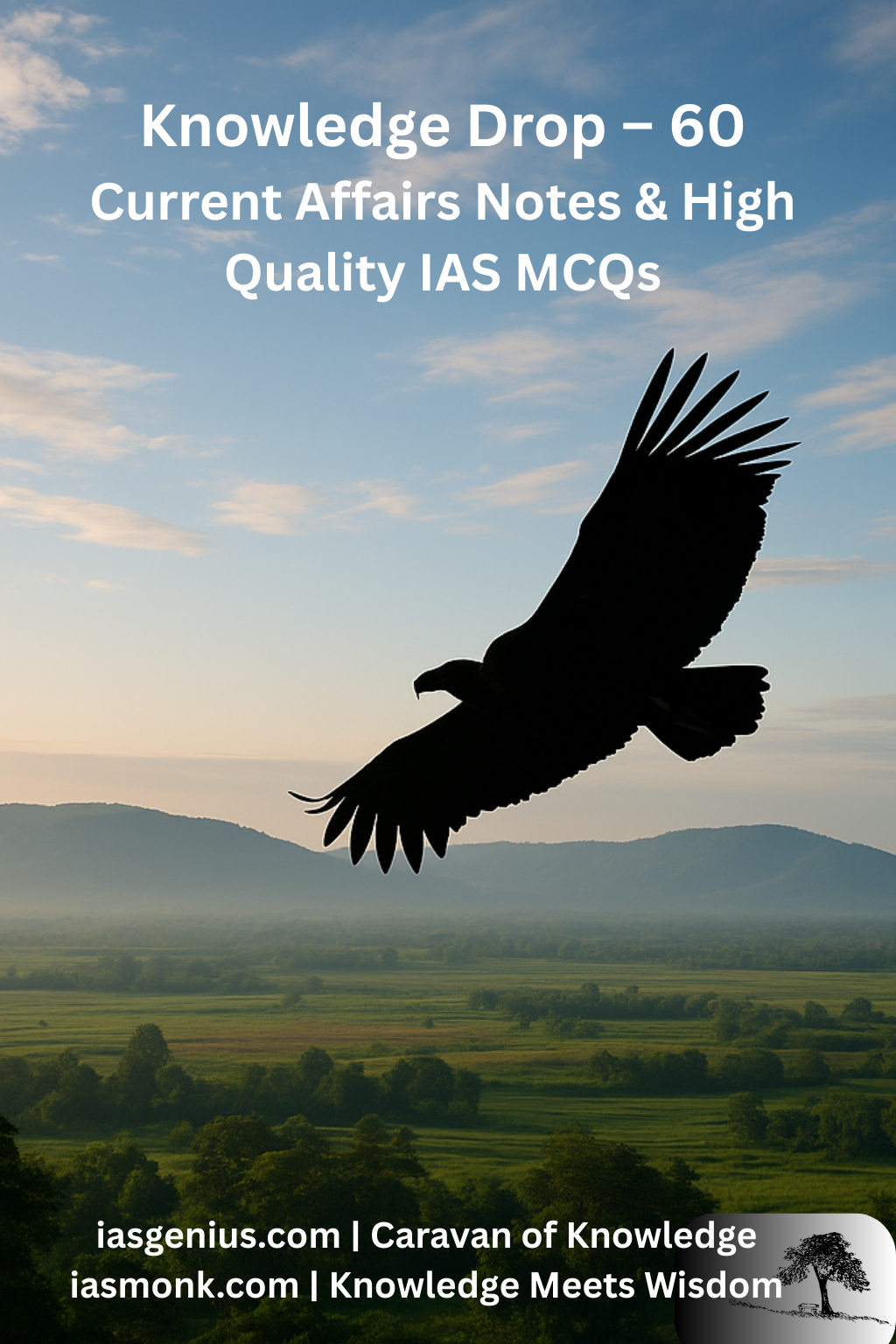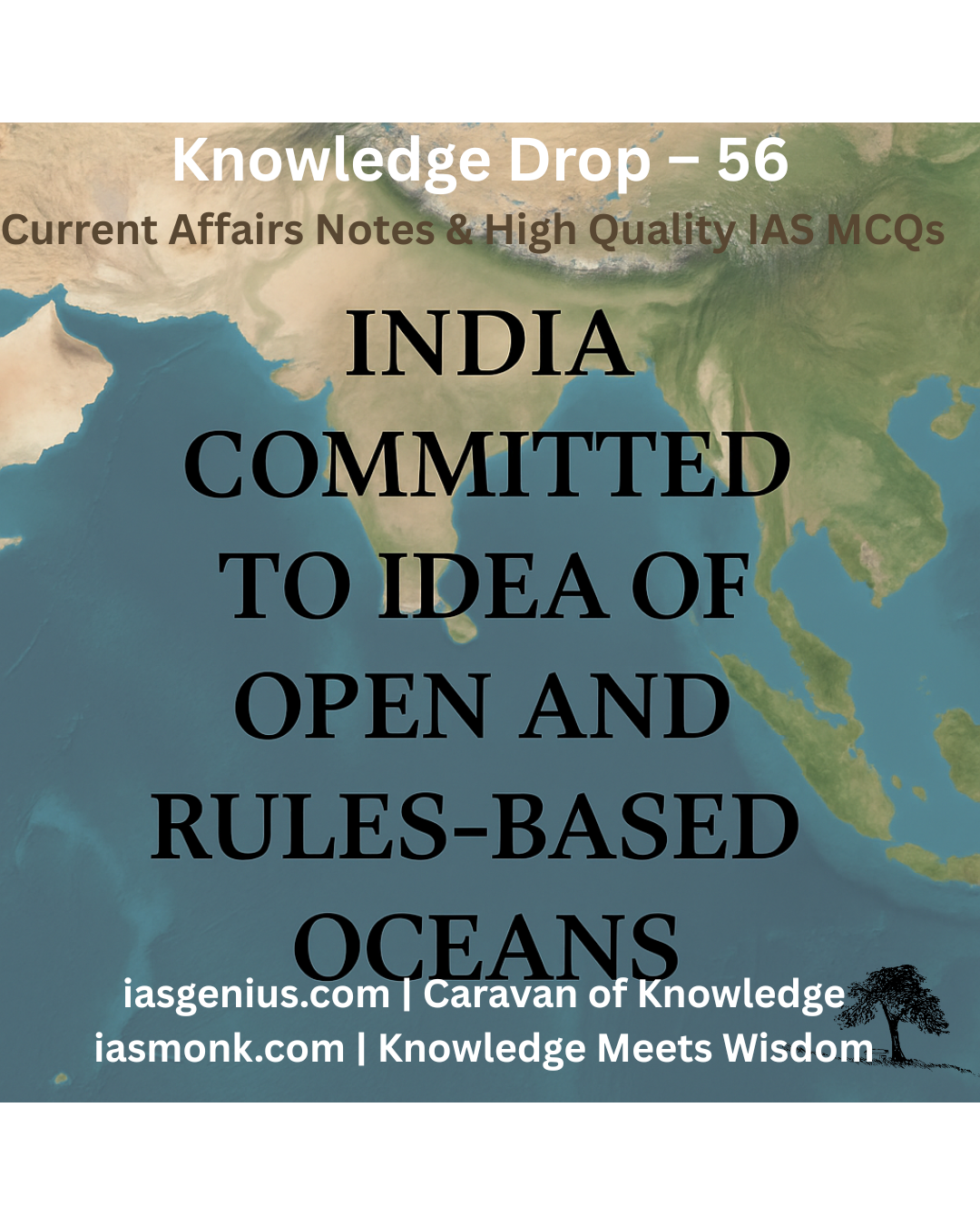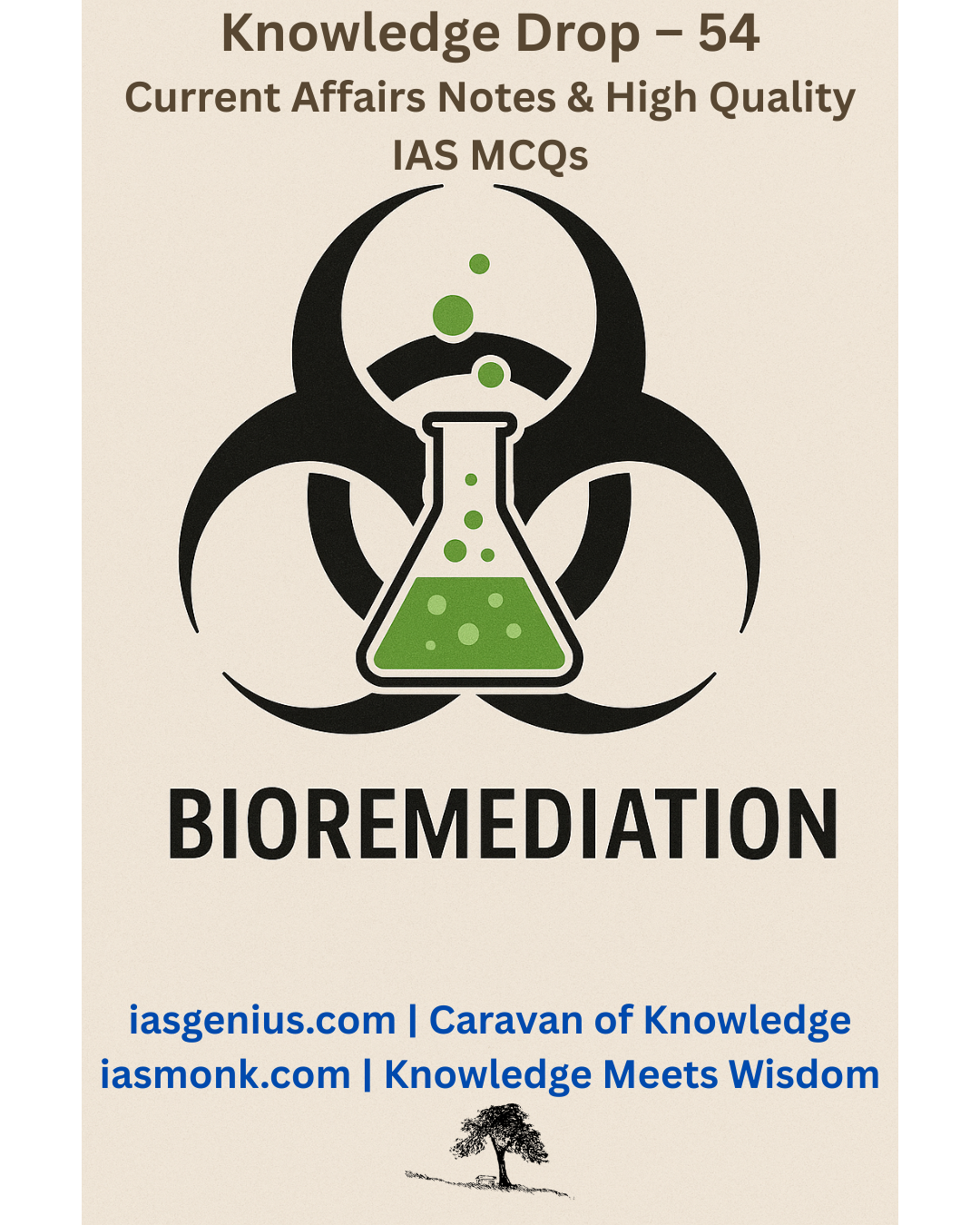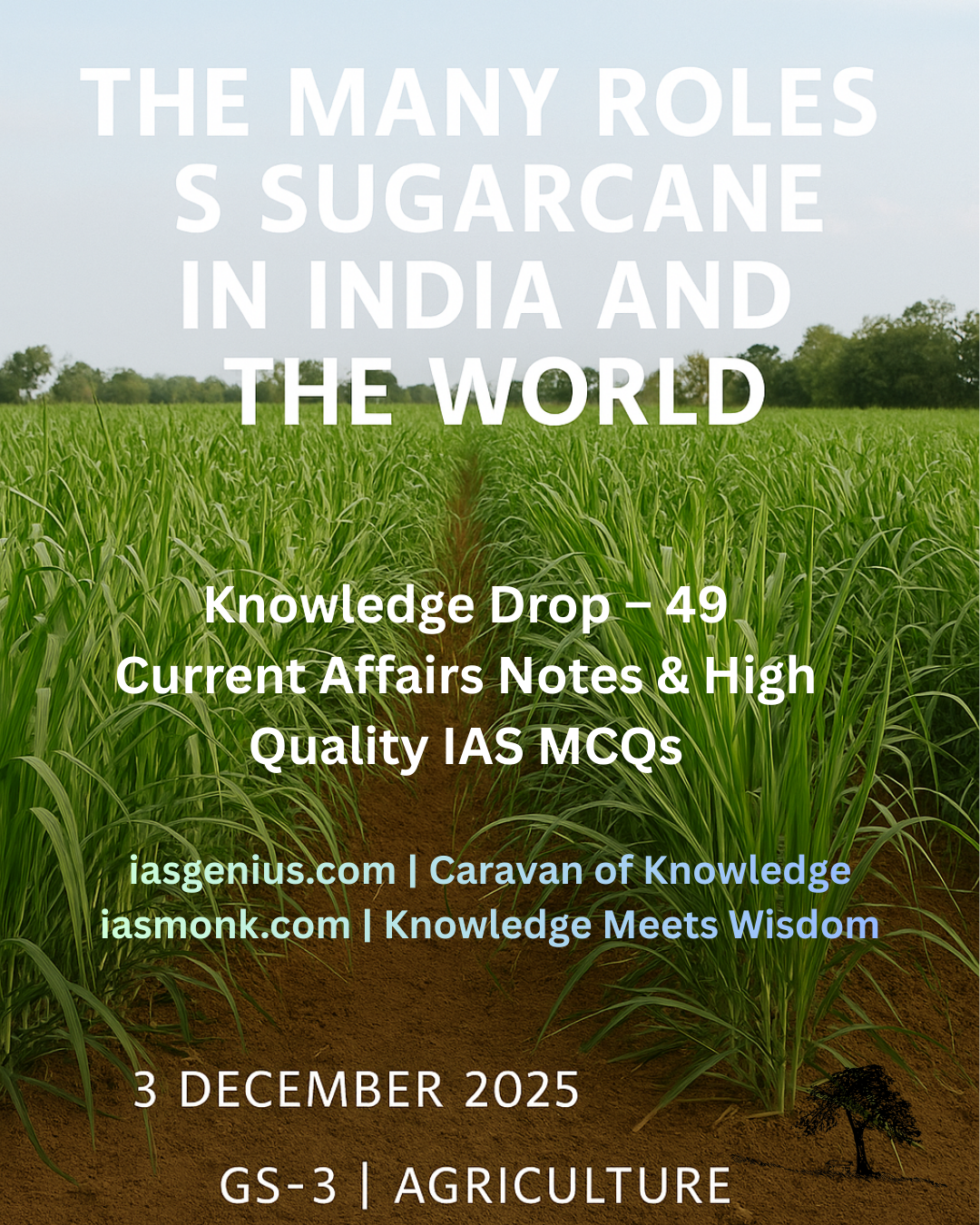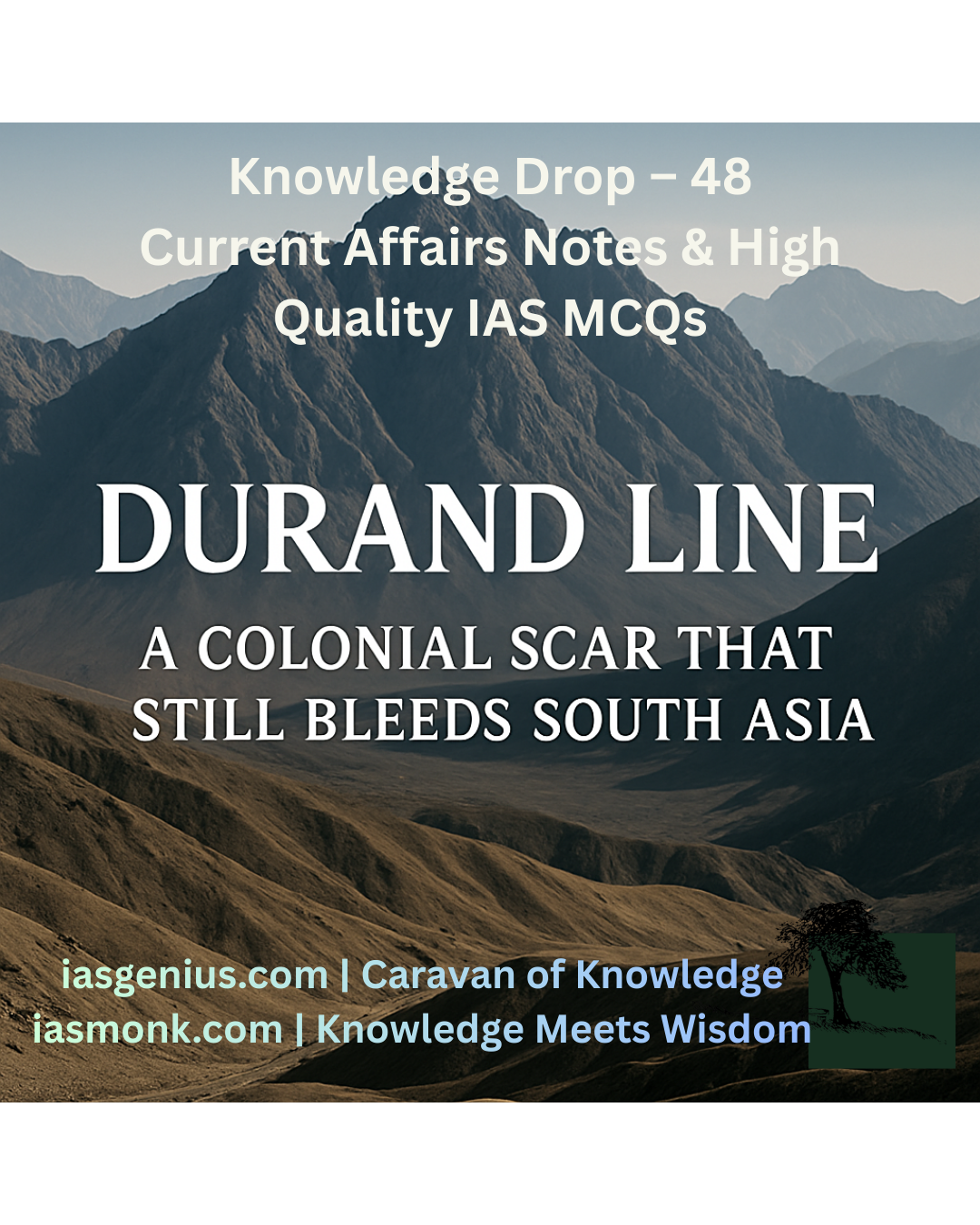
📅 May 11, 2025, Post 2: Ceasefire in the Fog of War: After Sindoor, a Pause for Peace | Two Mains Essays / Target IAS-26 MCQs Attached: A complete Package, Dear Aspirants!
Ceasefire in the Fog of War: After Sindoor, a Pause for Peace

INTERNATIONAL HERO — PETAL 002
May 11, 2025
Thematic Focus: India–Pakistan Relations 🌍 | Ceasefire Diplomacy | Terrorism & Peacebuilding
Intro Whisper
After the thunder of missiles and the silence of mourning, a rare word echoed through the subcontinent — Ceasefire. A flicker of diplomacy in the fog of blood and smoke. 🕊️🛑
Key Highlights
• Ceasefire Declared Post Operation Sindoor:
In a dramatic diplomatic breakthrough, India and Pakistan agreed to a full and immediate ceasefire, announced by US President Donald Trump on Truth Social. The ceasefire comes in the wake of India’s targeted strikes on nine terror camps following the Pahalgam massacre, which claimed 26 Indian lives.
• Mediated, Yet Direct:
Although the US mediated background conversations, Indian officials including Foreign Secretary Vikram Misri clarified that the ceasefire was “directly agreed between DGMOs” of both countries during a call at 3:35 PM IST. The ceasefire took effect from 5:00 PM.
• Statements from All Sides:
- S. Jaishankar (EAM) reaffirmed India’s firm stance against terrorism, noting that the ceasefire does not dilute India’s security commitment.
- Pak FM Ishaq Dar declared Pakistan’s commitment to regional peace “without compromising sovereignty”.
- US Secretary of State Marco Rubio and VP JD Vance announced they had engaged with Indian and Pakistani leaderships over the last 48 hours.
• Trigger for Tensions: The Pahalgam Attack:
The massacre in Pahalgam, where civilians were brutally killed by Pakistan-backed terrorists, triggered India’s largest air assault since Balakot, dubbed Operation Sindoor. The operation destroyed strategic assets in Bahawalpur, Muridke, Muzaffarabad, and Sialkot.
• Shift in War Narrative:
India has reframed the conflict as not about Kashmir, but about fighting jihadi terrorism, drawing global parallels with Israel’s anti-Hamas operations and the US’s war on terror. The Indian government is now pushing hard to correct the international perception that this was a Kashmir-centric escalation.
• The Role of ‘Bonsai Democracy’ in Pakistan:
Analysts suggest that Pakistan’s weak civilian institutions and military-dominated governance continue to foster extremism. Military rulers like Gen. Asim Munir, despite religious credentials, have failed to prevent jihadi radicalization or offer real democratic depth.
• The Road Ahead:
The ceasefire may be temporary. With over 15 Indian cities reportedly under attack attempts and ongoing misinformation campaigns from Pakistan, strategic experts say this is not peace, but a pause — and India must prepare to redefine global discourse on terrorism and justice.
Concept Explainer: What Does Ceasefire Mean in Modern Conflicts?
A ceasefire is not a peace treaty. It is a temporary halt in military activity, usually to de-escalate, open dialogue, or regroup. In cases like India–Pakistan, ceasefires are tactical tools, not solutions. Peace must be earned through sustained trust, dismantling of terror infrastructure, and civilian-to-civilian contact.
GS Paper Mapping
GS Paper 2 – International Relations
• India’s Bilateral Relations with Neighbours
• Role of External Powers in Regional Peace
• Conflict Resolution and Diplomacy
GS Paper 3 – Internal Security
• Cross-Border Terrorism
• Role of Technology and Air Power in Counterterrorism
A Thought Spark — by IAS Monk
A silence enforced by diplomacy may be a relief, but not a resolution. True peace lies beyond ceasefire lines — where the minds that manufacture terror are disarmed, not just the missiles.
High Quality Mains Essay For Practice :
Word Limit 1000-1200
🌌 Essay 1: Cosmic Perspective on Human Violence
Terror and War Mean Nothing in the Face of an Infinite, Silent Universe
🌠 Intro Whisper:
What is a missile strike beside a dying star? What is a martyr’s cry in the vast hush of galaxies?
We fight for land, pride, or god—but the universe watches in silence, unmoved by our fury.
Introduction
A single bullet may silence a human being, but it echoes meaninglessly across the endless silence of the stars. Terrorism and war—those loud manifestations of human rage, fear, and division—seem powerful only within the narrow confines of our fragile Earth. Yet, when placed against the backdrop of an ever-expanding universe, they dissolve into absurdity. The galaxies do not notice our violence. The stars do not blink at our cruelty. The universe remains—vast, mysterious, and indifferent.
In this cosmic context, the meaninglessness of terrorism and war becomes painfully clear. What are our ideologies, borders, and hostilities compared to the birth of galaxies, the death of stars, and the silent hum of cosmic time? This essay is a reflection on the futility of violence, grounded in the spiritual and scientific awe of the infinite universe we inhabit.
I. The Cosmic Scale: A Humbling Perspective
We live on a pale blue dot suspended in a sunbeam. The Earth is one of over 100 billion planets in the Milky Way, which itself is one of over 2 trillion galaxies in the observable universe.
The speed of light, the curvature of space, the black holes swallowing suns, and the nebulae birthing new stars—all these unfold in grand silence. In this canvas of unimaginable scale, what does it mean when one group of humans bombs another, or when a fanatic blows himself up in a market? It means nothing. It doesn’t shift a planet. It doesn’t alter a star. It doesn’t change the orbit of a single moon.
And yet, to us, it feels like everything. That is the tragedy of perspective—we act out acts of hatred on a cosmic stage where no one is watching.
II. Terrorism: Ideology Without Immensity
Terrorism is the weapon of the fearful who disguise themselves as the faithful. It is built on the illusion that by killing others, one’s cause becomes immortal. But causes born in blood rarely survive the pages of history.
Religions that were once philosophies of peace become corrupted into justifications for violence. Political grievances become pretexts for destroying the innocent. Terrorism reduces the complexity of life to a binary of “us vs. them”, forgetting that in the universe, there is only one “us”—the human species.
Terrorists may dream of empire, but no empire has ever outlasted a comet. They may cite holy books, but no scripture is older than a single asteroid’s orbit. Their martyrdom is a flame extinguished by the cosmic wind. Their message is swallowed by the vast, indifferent void.
III. War: The Oldest Folly Revisited
Unlike terrorism, war is systemic—states sponsor it, justify it, parade it as patriotic necessity. Yet all wars, even the “righteous” ones, end in the same place: fields of silence where the dead lie side by side, enemy and friend, soldier and civilian.
We have sent humans to the Moon, created telescopes that can peer back 13 billion years, and decoded the language of DNA. But we still haven’t learned that no nation can own the Earth, just as no individual can own the sky.
Wars are often fought for lines on a map, for resources that will one day be obsolete, or for honour that exists only in human imagination. But to the stars, our maps are invisible. Our armies are ants. Our nuclear weapons are sparks in a storm. The cosmos watches us burn and sighs — not out of judgment, but out of indifference.
IV. The Meaning We Choose to Create
If terrorism and war are meaningless in the eyes of the universe, what then gives life meaning? The answer lies not in conquest or destruction but in curiosity, compassion, and connection.
• Curiosity makes us reach for Mars instead of missiles.
• Compassion makes us see a Syrian child or a Kashmiri farmer not as an enemy, but as kin.
• Connection makes us realise that beneath all religions, languages, and flags, we are all born of carbon, calcium, and stardust — forged in the same stellar wombs.
The only wars that matter in a cosmic sense are the ones we fight against ignorance, disease, hatred, and despair. Those are battles worth winning. Every telescope, every vaccine, every poem, every loving act—they are the signatures we etch into time.
V. A Universe That Reflects Us—If We Let It
The universe is not just empty space. It is a mirror. It reflects what we seek. If we look for separation, we will find it even among stars. But if we look for awe, humility, and the mystery of being, we will find that too.
Astronauts speak of the “overview effect”—the life-changing realization that Earth has no borders, no race, no enemies when viewed from space. It is one fragile home, suspended in blackness, shielded by a thin film of air.
Why do we wait to escape our planet to realize this? Why not live with that awareness now, and stop bleeding in the name of gods or nations?
Conclusion
The stars will continue to burn long after our bombs have exploded. The galaxies will continue to spin long after our slogans have faded. What matters is not what we destroy, but what we protect. Not who we defeat, but who we uplift.
Let us not waste our brief consciousness on hatred. Let us not trade our tiny place in the cosmos for fantasies of domination. Let us instead bow to the mystery, and rise in peace.
“In a universe where nothing lasts forever, only kindness endures.”
High Quality Mains Essay For Practice :
Word Limit 1000-1200
🌿 Essay 2: Natural Order vs. Human Conflict
Violence is Natural. War and Terror Are Not.
🍃 Intro Whisper:
A lion kills to eat. A wildfire clears to renew. Nature’s violence is purpose-bound.
But no tree plots terror. No river drops bombs. That horror is uniquely human.
Introduction
The forest burns. The lion hunts. The earthquake tears the earth open. Nature is no stranger to violence. And yet, it does not know hatred, flags, or vengeance. Its violence is functional, not ideological. It serves survival, balance, and renewal. In contrast, terrorism and war are not natural. They are uniquely human distortions—driven not by instinct, but by greed, ego, power, and the illusion of separation.
To confuse nature’s cycles with human cruelty is to misunderstand both. This essay explores how the violence found in nature is fundamentally different from the orchestrated horror of terrorism and the machinery of war, and how recognizing this difference can guide us toward a more truthful, peaceful way of living.
I. The Functional Violence of Nature
Nature is not passive. It is powerful, cyclical, and sometimes brutal.
• A lion must kill to eat.
• A wildfire clears deadwood to allow a forest to regenerate.
• Predators cull the weak and the sick, strengthening the gene pool.
• Volcanic eruptions destroy but also form fertile plains over time.
This violence in nature is necessary. It restores balance. It serves an ecological or evolutionary function. There is no malice behind it, no celebration of suffering. No deer is tortured by wolves for ideology. No eagle bombs a nest because it believes its god is superior.
In nature, life feeds life. Even in death, something is reborn.
II. Terrorism: Manufactured Cruelty Without Purpose
Terrorism is violence twisted by ideology. It is planned. It is symbolic. It is meant not just to kill but to instill fear, send a message, and divide communities. Unlike natural predators, terrorists target the vulnerable—schoolchildren, worshippers, market-goers.
Terrorism cannot be explained by survival instinct. It is not about food, territory, or even revenge in the animal sense. It is about constructing identity through destruction. It is the darkest byproduct of human consciousness—the ability to abstract, to believe, and to hate based on that belief.
There is no analogue to terrorism in nature. No lion burns the jungle to spread its philosophy. No whale indoctrinates others to die for a heavenly reward. Only humans turn belief into bombs.
III. War: Institutionalized Violence Beyond Instinct
If terrorism is the shadow of ideology, war is the organised shadow of power. It is the work of governments and generals, of lines drawn on maps and the lust for land, influence, or revenge.
Animals may fight for mates or territory, but these conflicts are typically:
- Brief
- Low-casualty
- Ended when dominance is established
In contrast, human wars are prolonged, involve systemic killing, civilian targeting, and the deliberate destruction of entire ecosystems and cities.
No herd of elephants returns to trample the calves of its rival group. No bird drops fire from the sky. The natural world does not stockpile weapons, train children for battle, or celebrate conquest.
War, as we know it, is an industrialized aberration, sustained by economies, propaganda, and politics. It may use nature’s resources—but it is not of nature’s rhythm.
IV. The Root of the Distortion: Human Ego and Separation
What makes terrorism and war possible is not biology, but illusion.
• The illusion of “us vs. them”
• The illusion that belief is worth more than life
• The illusion that domination brings meaning
• The illusion that the Earth belongs to one group
These illusions are taught, not inherited. A child is not born a terrorist. A soldier is not born with enmity. They are shaped, trained, manipulated—by culture, politics, fear, and false pride.
Nature, in its purity, does not lie. It does not pretend that one tree is superior to another. It does not divide the wind or the water. It flows, it feeds, it ends, it begins again. In its cycles, there is truth, not ideology.
V. The Moral Misuse of Nature
Some try to justify war and terror by pointing to nature:
- “Survival of the fittest.”
- “Even animals fight.”
- “Violence is natural.”
But this is a misreading of Darwin, a shallow echo of the jungle without its wisdom. Nature’s violence has limits. Ours does not. No other species builds systems to extinguish itself.
Furthermore, cooperation is as natural as competition.
- Birds fly in formation.
- Wolves hunt in packs.
- Trees in forests share nutrients through underground fungal networks.
Even viruses evolve toward cohabitation with hosts over time. Life, in the long run, prefers peace. It adapts. It balances. Only humans, in their delusion, prefer domination—even when it leads to self-destruction.
VI. Returning to Natural Wisdom
If terrorism and war are not natural, what is?
• Empathy is natural.
• Restraint is natural.
• Balance is natural.
• Grief, healing, and renewal are natural.
When we live in harmony with the Earth and its rhythms, we begin to unlearn the toxic narratives of “enemy”, “holy war”, or “victory at all costs”. We begin to realise that every creature has a role, and that life is not a battlefield—but a shared miracle.
The more we understand the intelligence of ecosystems, the interdependence of species, and the fragile gift of time, the harder it becomes to justify war or terror.
Conclusion
There is indeed violence in nature—but it is not hatred. It is not vengeance. It is not ideology. It is the pulse of life maintaining balance.
Terrorism and war are human inventions—unnatural, unsustainable, and unworthy of the intelligence we possess. To call them natural is to insult nature itself.
Let us remember: we are not lions. We are not earthquakes. We are conscious beings, capable of wonder, poetry, music, and care. We can choose to rise above violence, not descend into it.
“The river may flood, the storm may howl, but no tree ever dropped a bomb.”
Let us be as wise as the forest. Let us protect, not destroy. For in the silence after war, only the birds still sing—and they never sang for hate.

